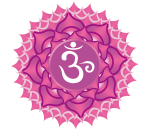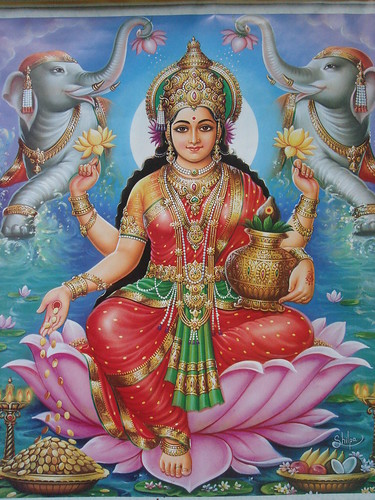
Asotoma Sat
Gamaya
Tamasoma
Jyotir Gamaya
Mrityorma
Amritam Gamaya
OM Shanti,
Shanti, Shanti
(Brhadaranyaka Upanishad — I.iii.28)
Lead me from the unreal to the real
Lead me from darkness into light
Lead me from the illusion of death, to
immortality
May all beings everywhere be at peace.
In my classes at Island and
EVI this past week, we opened with this beautiful mantra from the Upanishads. Below
is an interpretation of the mantra, with some commentary that I found and edited
from the website of Sri Mata Amritanandamayi Devi (aka
Amma).
If
you want to hear this mantra chanted, singer Deva Premal has several lovely
versions, recorded on various CDs, available on
iTunes.
This Vedic prayer is actually three distinct mantras,
each of them setting a powerful intention. The final line, OM shanti, shanti
shanti, is an affirmation of peace that is often used as a
benediction.
In the first mantra, Asotoma Sat Gamaya, the word Sat is
often translated as "truth," "existence", or "reality." We often speak of
religion or philosophy as a search for Truth. But in India’s philosophy of
Advaita Vedanta, the concept of "truth" has been meticulously and successfully
dissected. According to Advaita, for something to be considered true in the
ultimate sense, it must be true not just at one given moment, but always be
true—true in all three periods of time: the past, present and future. In fact,
Advaita goes one step further. It says if something does not exist in all three
periods of time that it does not truly exist, it is not ultimately real. Thus,
truth, existence and reality are one and the same. That reality, Vedanta says,
is what we call God. Sat is our True Self—the blissful consciousness that ever
was, is and ever will be.
The second mantra—Tamaso Ma Jyotir Gamaya—means "Lead me
from darkness to light." When the Vedas refer to darkness and light, they mean
ignorance and knowledge, respectfully. This is so because ignorance, like
darkness, obscures true understanding. And in the same way that the only remedy
for darkness is light, the only remedy for ignorance is knowledge. The knowledge
spoken of here is again the knowledge of one’s true nature.
The final mantra—Mrityorma Amritam Gamaya—means: "Lead
me from death to immortality." This should not be taken as a prayer to live
endless years in heaven or on earth. It is a prayer for assistance in realizing
the truth that "I was never born, nor can ever die, as I am not the body, mind
and intellect, but the eternal, blissful consciousness that serves as the
substratum of all creation."
~excerpted
from http://archives.amritapuri.org/bharat/mantra/asatoma.php







